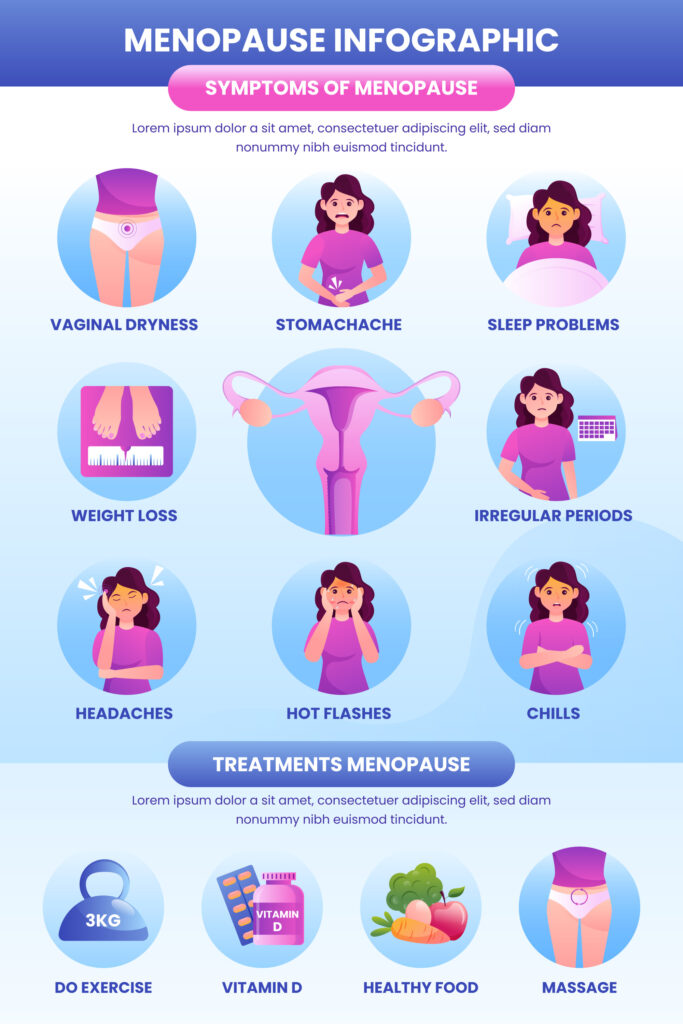PCOD (Polycystic Ovary Disease) and PCOS (Polycystic Ovary Syndrome) are related conditions, but they have some differences:
Definition:
- PCOD: Primarily refers to the presence of multiple cysts in the ovaries along with irregular menstrual cycles and elevated androgen levels. It may or may not present with symptoms like acne, hirsutism (excessive hair growth), and weight gain.
- PCOS: Involves a broader spectrum of symptoms including irregular periods, cysts on the ovaries, and symptoms related to excessive androgen levels such as acne, hirsutism, and hair loss.
Symptoms:
- PCOD: Symptoms can vary widely and may include irregular periods or no periods at all, heavy bleeding during menstruation, weight gain, acne, excessive hair growth, and infertility.
- PCOS: In addition to irregular periods, PCOS often presents with symptoms such as acne, excessive hair growth (hirsutism), male-pattern baldness, weight gain or difficulty losing weight, and fertility problems.

Diagnostic Criteria:
- PCOD: Diagnosis is typically based on ultrasound findings of polycystic ovaries and irregular menstrual cycles. Other symptoms and blood tests may also be considered.
- PCOS: Diagnosis is made based on the Rotterdam criteria, which include at least two out of three of the following: irregular or absent menstrual periods, elevated levels of androgens (male hormones) either clinically or through blood tests, and polycystic ovaries on ultrasound.
Treatment:
- PCOD: Treatment aims to manage symptoms and may include lifestyle changes (diet and exercise), medications to regulate menstrual cycles or lower androgen levels, and fertility treatments if necessary.
- PCOS: Treatment focuses on managing symptoms and addressing underlying hormonal imbalances. This can include lifestyle changes, such as diet and exercise, medications to regulate menstrual cycles and reduce androgen levels, and fertility treatments if needed.
Understanding PCOD and PCOS: Key Differences Explained
PCOD (Polycystic Ovary Disease) and PCOS (Polycystic Ovary Syndrome) are terms often used interchangeably, but they represent slightly different aspects of the same condition:
Polycystic Ovary Disease (PCOD):

- PCOD primarily refers to the presence of multiple cysts in the ovaries. It’s characterized by hormonal imbalances, particularly elevated levels of androgens (male hormones) like testosterone.
- PCOD is primarily diagnosed based on ultrasound findings of polycystic ovaries and may include irregular menstrual cycles, but it doesn’t necessarily require the presence of other symptoms like acne or hirsutism (excessive hair growth).
Polycystic Ovary Syndrome (PCOS):
- PCOS encompasses a broader range of symptoms beyond just ovarian cysts. It’s characterized by hormonal imbalances, irregular menstrual cycles, and symptoms related to elevated androgen levels.
- Diagnosis of PCOS is based on the Rotterdam criteria, which include at least two out of three of the following: irregular or absent menstrual periods, clinical or biochemical signs of hyperandrogenism (excessive androgens), and polycystic ovaries on ultrasound.
PCOD or PCOS: Which Condition Do You Have?
Distinguishing between PCOD (Polycystic Ovary Disease) and PCOS (Polycystic Ovary Syndrome) can be challenging because they share similar characteristics. However, here are some steps to help understand which condition one might have:
Recognize Symptoms
Both PCOD and PCOS can present with symptoms such as irregular periods, ovarian cysts, acne, hirsutism (excessive hair growth), and weight gain. However, PCOS tends to involve a broader range of symptoms, including hormonal imbalances and metabolic issues like insulin resistance.
Consult with a Healthcare Provider
If you suspect you may have PCOD or PCOS, it’s crucial to consult with a healthcare provider, preferably a gynecologist or endocrinologist. They can review your medical history, perform a physical examination, and order tests to help diagnose the condition.
Diagnostic Tests
Diagnostic tests commonly used to assess PCOD and PCOS include:
- Ultrasound: Imaging tests such as transvaginal ultrasound can help visualize the ovaries and identify the presence of cysts.
- Blood Tests: Hormonal blood tests can measure levels of hormones such as testosterone, estrogen, luteinizing hormone (LH), follicle-stimulating hormone (FSH), and insulin to assess hormonal imbalances and metabolic issues.
Evaluate Diagnostic Criteria
PCOD and PCOS have different diagnostic criteria:
- PCOD diagnosis is primarily based on ultrasound findings of polycystic ovaries and may or may not involve irregular menstrual cycles or hormonal imbalances.
- PCOS diagnosis is based on the Rotterdam criteria, which include at least two out of three of the following: irregular or absent menstrual periods, clinical or biochemical signs of hyperandrogenism (excessive androgens), and polycystic ovaries on ultrasound.
Consider Medical History and Family History
Your medical history, including menstrual patterns, hormonal issues, and family history of PCOD or PCOS, can provide valuable insights for diagnosis.
Treatment and Management
Treatment approaches for PCOD and PCOS may overlap but can vary based on individual symptoms and medical history. Treatment options may include lifestyle modifications (such as diet and exercise), medications to regulate menstrual cycles and hormones, and fertility treatments if needed.
PCOD vs PCOS: Clearing the Confusion
The confusion between PCOD (Polycystic Ovary Disease) and PCOS (Polycystic Ovary Syndrome) arises due to several factors:
Overlapping Symptoms
PCOD and PCOS share many symptoms, including irregular menstrual cycles, ovarian cysts, acne, hirsutism (excessive hair growth), and weight gain. This overlap can make it difficult to distinguish between the two conditions based solely on symptoms.
Diagnostic Criteria
The diagnostic criteria for PCOD and PCOS have evolved over time and vary slightly depending on the medical guidelines used. PCOD diagnosis traditionally focused on ovarian cysts, while PCOS diagnosis required the presence of both ovarian cysts and symptoms related to androgen excess. However, newer diagnostic criteria, such as the Rotterdam criteria, include a broader range of symptoms for PCOS diagnosis, leading to some overlap with PCOD.
Diagnostic Imaging
Both PCOD and PCOS involve ovarian cysts, but their diagnostic significance can differ. PCOD diagnosis typically relies on ultrasound findings of polycystic ovaries, which can be assessed through radiology services. On the other hand, PCOS diagnosis considers additional factors such as menstrual irregularities and androgen excess, in addition to the presence of ovarian cysts. For those seeking diagnostic imaging, searching for “radiology near me in New Jersey“, or your nearest location, online can help in accessing the necessary tests for an accurate diagnosis.
Hormonal Imbalances
Both conditions involve hormonal imbalances, particularly elevated levels of androgens. However, the severity and specific hormonal profiles can vary between individuals, further complicating diagnosis.

Individual Variability
PCOD and PCOS are complex conditions with a wide range of possible symptoms and presentations. Additionally, individuals may experience different combinations of symptoms and severity levels, making diagnosis challenging.
Summary
In summary, PCOD focuses more on the presence of ovarian cysts and irregular menstrual cycles, while PCOS encompasses a wider range of symptoms related to hormonal imbalances, including irregular periods, excessive androgen levels, and associated symptoms like acne and hirsutism. PCOS is often considered a more comprehensive syndrome than PCOD. Also learn more about health benefits of Haridra, differences between Brahmacharya vs NoFap.
THANK YOU READERS!



“Hello there! I recently noticed that you’ve taken the time to visit my website, and I wanted to express my gratitude by returning the favor. As I’m constantly seeking ways to improve my site, I believe it would be beneficial to incorporate some of your ideas into my design and content strategy. Your input would be greatly appreciated, and I’m open to any suggestions you may have. Thank you for your interest, and I look forward to hearing from you!”
Hello Neat post Theres an issue together with your site in internet explorer would check this IE still is the marketplace chief and a large element of other folks will leave out your magnificent writing due to this problem.
Thank you for the auspicious writeup It in fact was a amusement account it Look advanced to far added agreeable from you However how can we communicate.